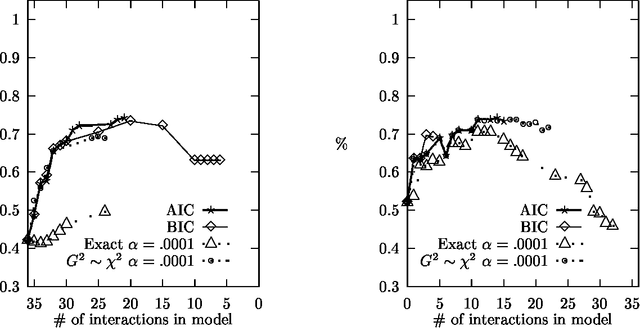Sequential Model Selection for Word Sense Disambiguation
Paper and Code
Feb 12, 1997

Statistical models of word-sense disambiguation are often based on a small number of contextual features or on a model that is assumed to characterize the interactions among a set of features. Model selection is presented as an alternative to these approaches, where a sequential search of possible models is conducted in order to find the model that best characterizes the interactions among features. This paper expands existing model selection methodology and presents the first comparative study of model selection search strategies and evaluation criteria when applied to the problem of building probabilistic classifiers for word-sense disambiguation.
* Proceedings of the Fifth Conference on Applied Natural Language
Processing, April 1997, Washington, DC * 8 pages, Latex, uses aclap.sty
 Add to Chrome
Add to Chrome Add to Firefox
Add to Firefox Add to Edge
Add to Edge